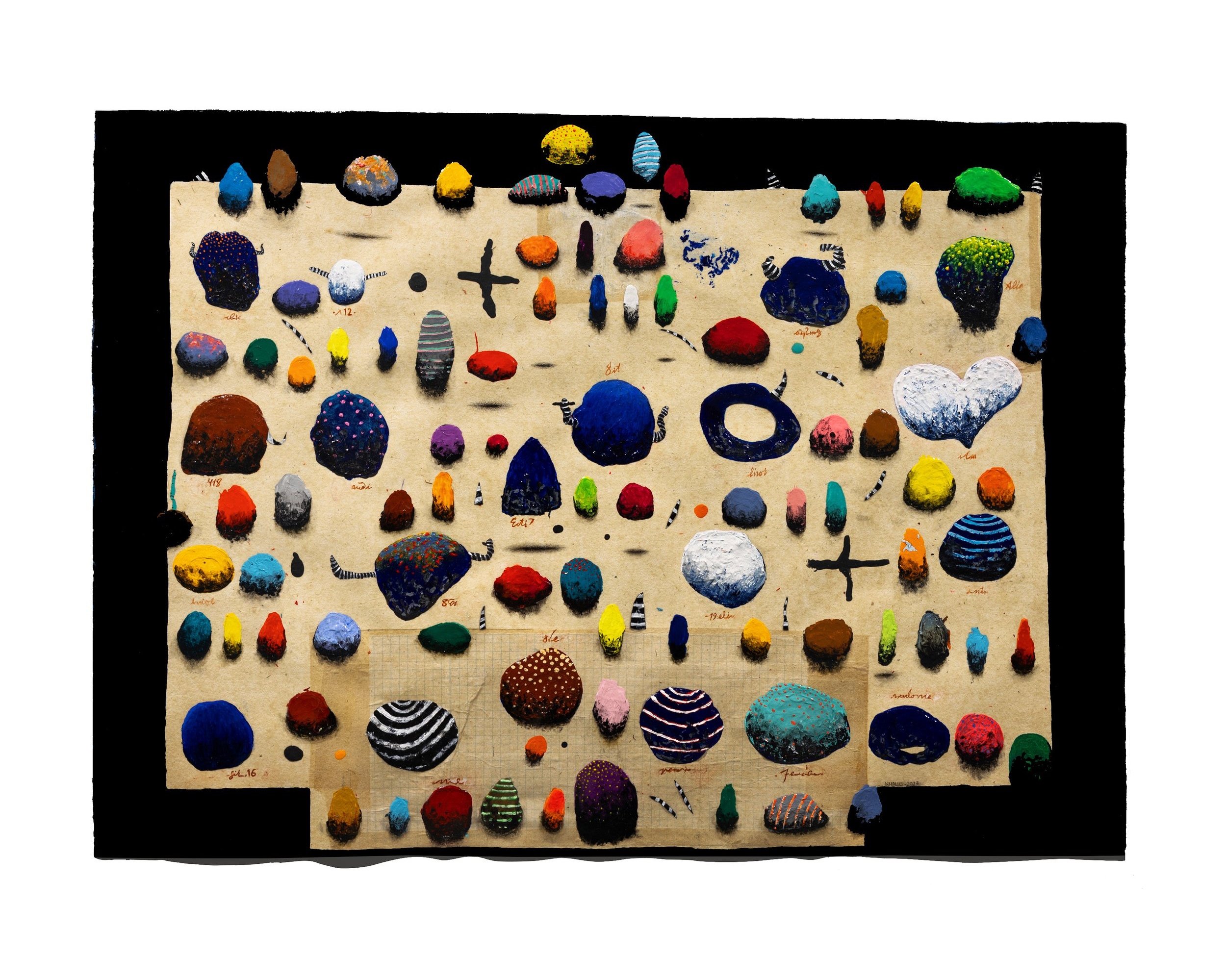Study After the Little Prince and His Little Planet by Artist Mohsen Khalili
Mohsen Khalili: Study After the Little Prince and His Little Planet. Alternator Centre for Contemporary Art, 2024. Photo by Naz Bahar.Study After the Little Prince and His Little Planet was curated by Vancouver’s Iranian Visual Arts (VIVA) Alliance for The Alternator Centre for Contemporary Art in Kelowna, BC. This exhibition was on view in the Members’ Gallery from April 12 to May 4 2024.
About the Installation:
While Mohsen Khalili’s work is positioned in dialogue with multiple artistic traditions and techniques, his practice draws inspiration from his deeply personal experiences of love, loss, displacement, disability, isolation, and longing to belong. By merging various artistic disciplines, genres, and mediums, Khalili seeks to build an inclusive visual language that highlights the universality of these experiences and emotions, turning his practice into an opportunity for collective catharsis and finding common ground.
The installation presented at the Members’ Gallery at The Alternator Centre for Contemporary Art belongs to a body of work entitled Planets Visited by the Little Prince (2013–2019). Inspired by Antoine de Saint-Exupéry’s celebrated novella, The Little Prince, this work deals with themes of loneliness, the joy and burden of creativity, and the longing for understanding and connection. The installation is comprised of 4 black cubic frames, each containing a set of floating Papier-mâché globes and an array of other objects.
The collection of objects inside each metal box is perhaps representative of the colorful, cluttered, and defiantly childlike universe inside a creative mind. Contained in their respective frames, these parallel and somewhat similar universes cannot seem to meet or interact, but the shadows that they cast under the gallery lights merge and mingle, creating new patterns suggestive of the potential beauty that would result from the meeting of these minds. Like the novella that inspired it, this work invites its audience to question the reality, validity, and utility of social constructs that divide and isolate us.

Study After the Little Prince and His Little Planet, Mohsen Khalili, Member's Gallery at The Alternator Center for Contemporary Art, April 12- May 04, 2024, Photos: Naz Bahar.

Study After the Little Prince and His Little Planet, Mohsen Khalili, Member's Gallery at The Alternator Center for Contemporary Art, April 12- May 04, 2024, Photos: Naz Bahar.

Study After the Little Prince and His Little Planet, Mohsen Khalili, Member's Gallery at The Alternator Center for Contemporary Art, April 12- May 04, 2024, Photos: Naz Bahar.

Study After the Little Prince and His Little Planet, Mohsen Khalili, Member's Gallery at The Alternator Center for Contemporary Art, April 12- May 04, 2024, Photos: Naz Bahar.

Study After the Little Prince and His Little Planet, Mohsen Khalili, Member's Gallery at The Alternator Center for Contemporary Art, April 12- May 04, 2024, Photos: Naz Bahar.

Study After the Little Prince and His Little Planet, Mohsen Khalili, Member's Gallery at The Alternator Center for Contemporary Art, April 12- May 04, 2024, Photos: Naz Bahar.

Study After the Little Prince and His Little Planet, Mohsen Khalili, Member's Gallery at The Alternator Center for Contemporary Art, April 12- May 04, 2024, Photos: Naz Bahar.
